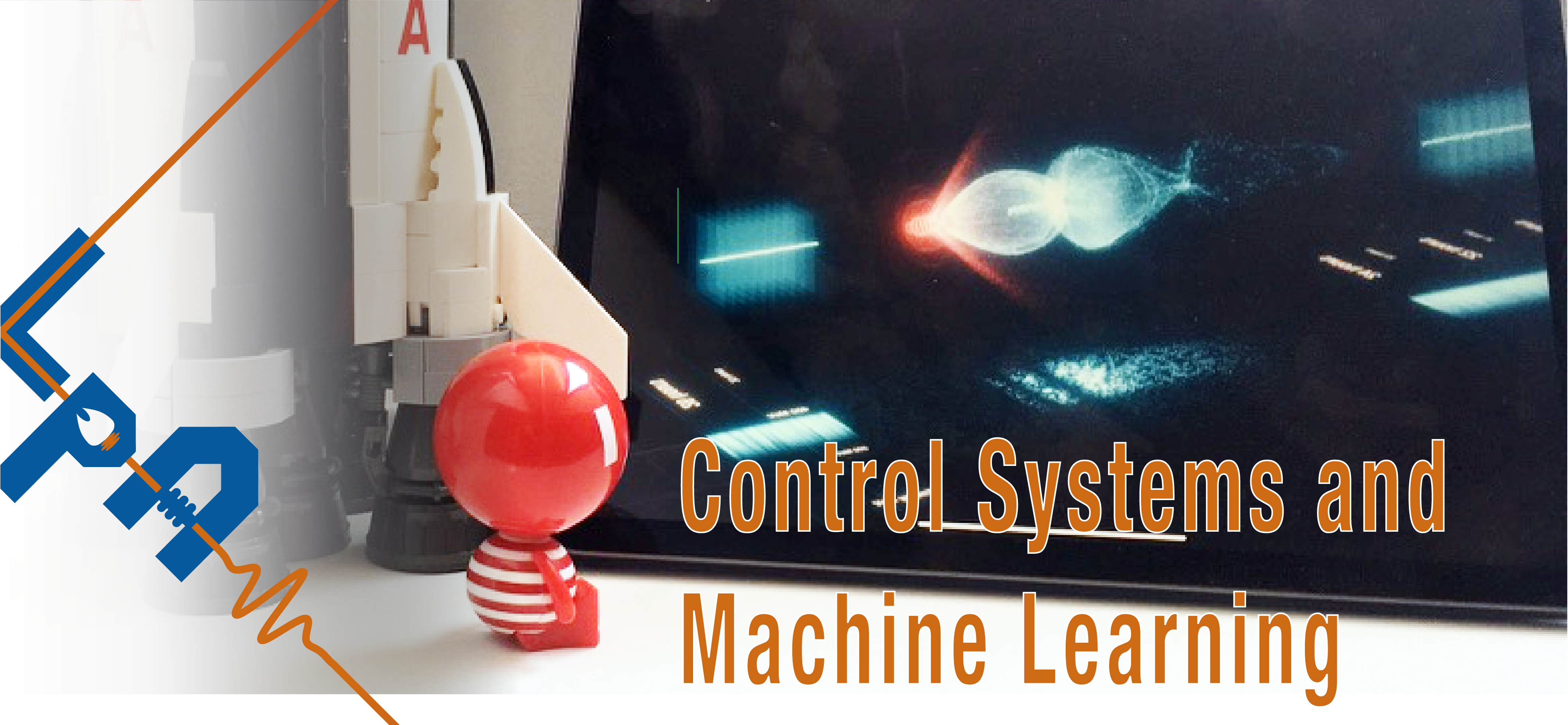Sprecher
Beschreibung
A key problem in experimental diagnostics of laser-plasma interactions is identifying the interaction scenario using only limited measurement data. Using numerical simulations for training ML models to recognize interactions via measurements has the potential to become a powerful paradigm for complex experimental arrangements. This is because such ML-based diagnostics does not require either description or presence of notable signals, which would commonly be used for comparison of experimental and theoretical data. One of the difficulties lies in reaching ML model invariance, i.e. making the model tolerant to the transition between simulated and experimental data. These can differ due to limitations of measurement techniques or the simplifications and assumptions used in simulations. In this work we study the applicability of various approaches to improving ML-model invariance, including noise toleration via artificial contamination of simulated results and data augmentation via physics-governed composability of simulated outcomes. We assess the prospects in view of the following long-standing problems in laser-plasma physics: (1) laser-solid interaction characterization via generated high-order harmonic spectra [1, 2]; (2) peak intensity determination from the interaction with particle beams [2]; (3) diagnostics of tight-focusing of short laser pulses.
[1] A. Gonoskov et. al. Sci. Rep. 9 (1), 1-15 (2019)
[2] Y. Rodimkov et al., Sensors 21 (21), 6982 (2021)
[3] Y. Rodimkov et al., Entropy 23 (1), 21 (2021)

